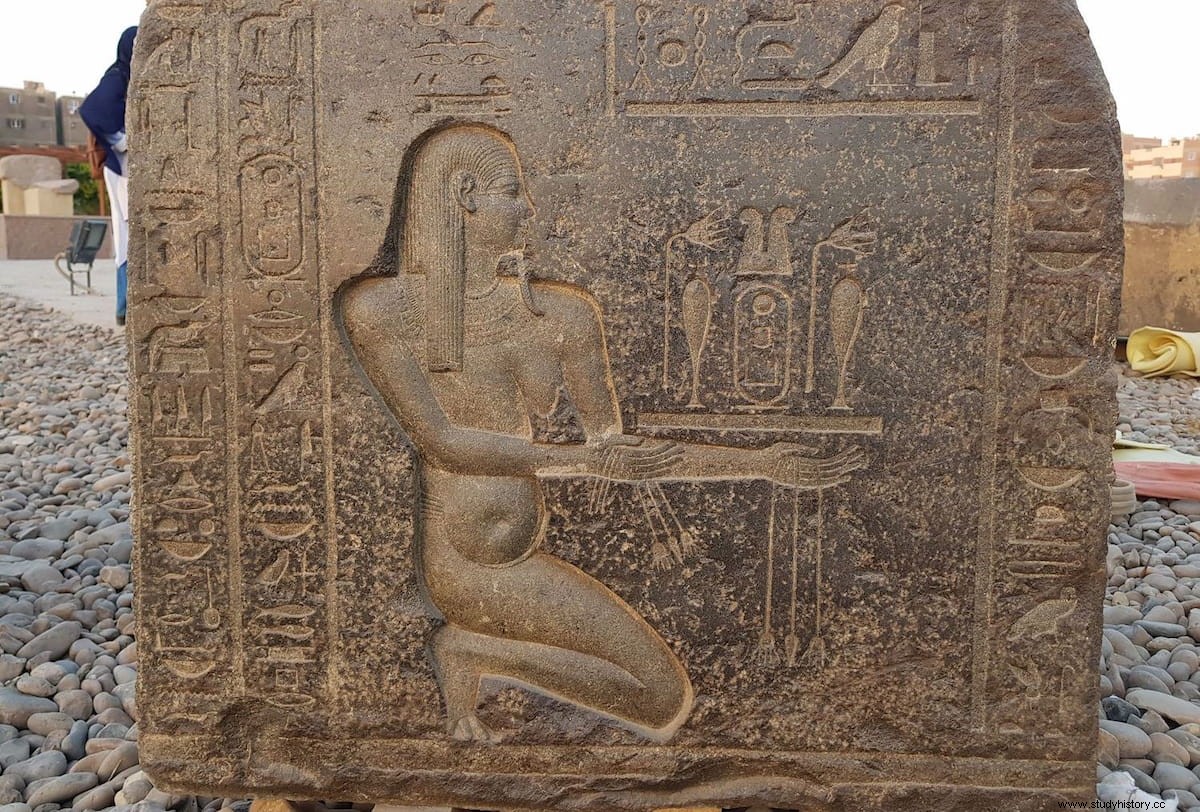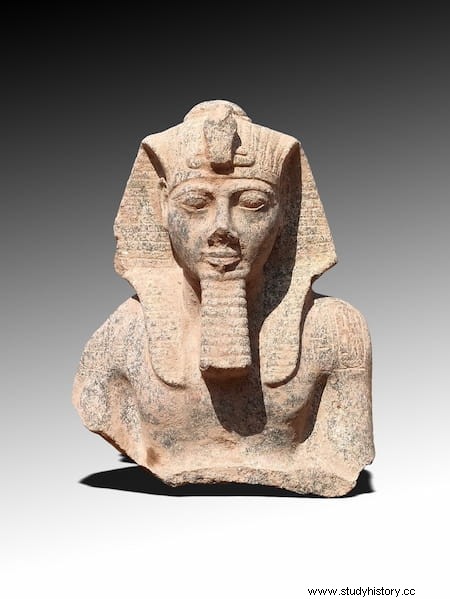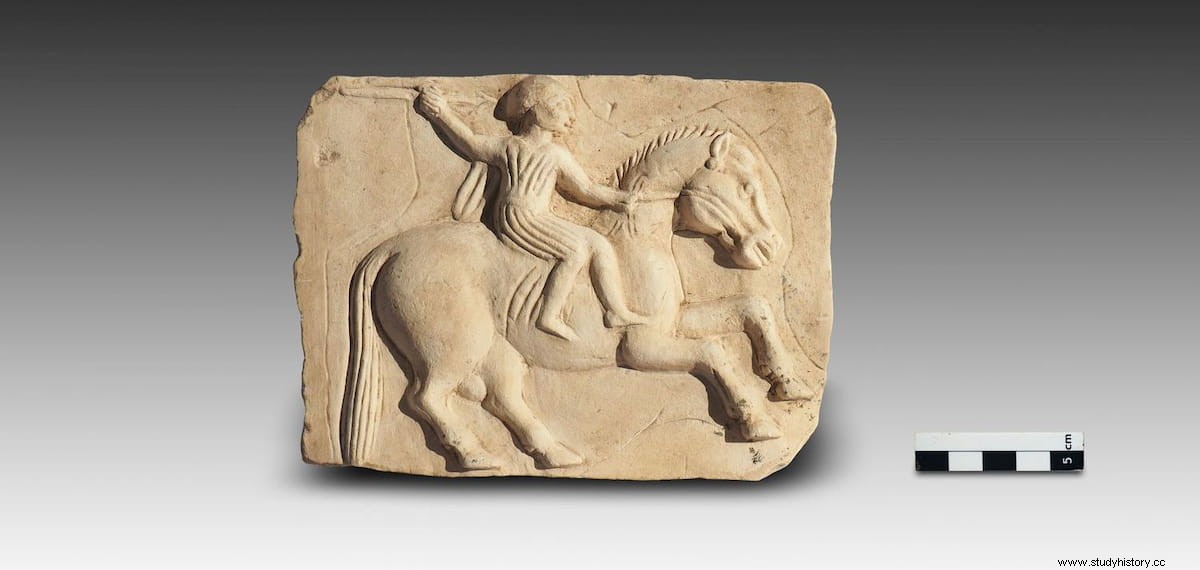During recent excavations northeast of Cairo, an Egyptian-German team of archaeologists has found important evidence of the history of the temple city of Heliopolis. Among the objects discovered, dating from different millennia, are reliefs and inscriptions on basalt blocks belonging to the north and west facades of the temple of Nectanebo I (380 to 363 BC).
This was built for the sun god and creator in the central sector of the temple complex. The Egyptian-German excavation, which also included researchers and students from the Institute of Egyptology at the University of Leipzig and the Georg Steindorff Egyptian Museum, was led by Dr. Aiman Ashmawy, from the Egyptian Ministry of Tourism and Antiquities, and the Dr. Dietrich Raue, curator of the Egyptian Museum of the University of Leipzig, in collaboration with Professor Kai-Christian Bruhn, of the Institute for Spatial Information and Topographic Technology of the Mainz University of Applied Sciences.

The basalt blocks discovered during this 18th research campaign at the Matariya sun temple reflect the rise of the Lower Egyptian regions, including representation of the Heliopolis region itself.
The inscriptions allow us to know the date of foundation of the temple, at the beginning of the summer of 366 BC, the dimensions of the temple and the materials used. A number of unfinished blocks suggest that construction work ended abruptly after the king's death and was not resumed Raue said.

This would make it one of the last, if not the last, major structure built after some 2,400 years of continuous work by the kings of Egypt on the site. Other architectural elements come from the time of Ramses II (1279 to 1213 BC) and his son Merenptah (1213 to 1201 BC). The discovery of a jasper inlay dating to around 1300 B.C. it also illustrates the ancient splendor.
The life-size representation of Seti II - a grandson of Ramses II who reigned from 1204 to 1198 BC - is a masterpiece of ancient Egyptian pink granite sculpture Raue said.
From the period of use between the 4th and 2nd centuries BC, finds were found from workshops producing relief models, amulets and shabti funerary figures.
Several telltale components and fragments of statues were discovered in the vicinity of the still-standing obelisk of Heliopolis. These would have been used in the temple, as would large offering table altars made of quartzite and alabaster, as well as a fragment of a baboon statue.
There were also quartzite statue fragments of Ramses II, an obelisk fragment from the time of King Osorkon I, as well as a shrine to the deities Shu and Tefnut from the time of Psamtik II.

Also in this area it is possible to demonstrate the permanent commitment of the Egyptian pharaohs with the god of the sun and of creation. The abandonment of this vast temple complex several centuries before the Christianization of the country remains a mystery , stressed Dr Ashmawy.
The excavation campaign has been made possible thanks to the German Research Foundation (DFG), the Eckhard Sambach donation, the Gerda Henkel Foundation and other donations.
